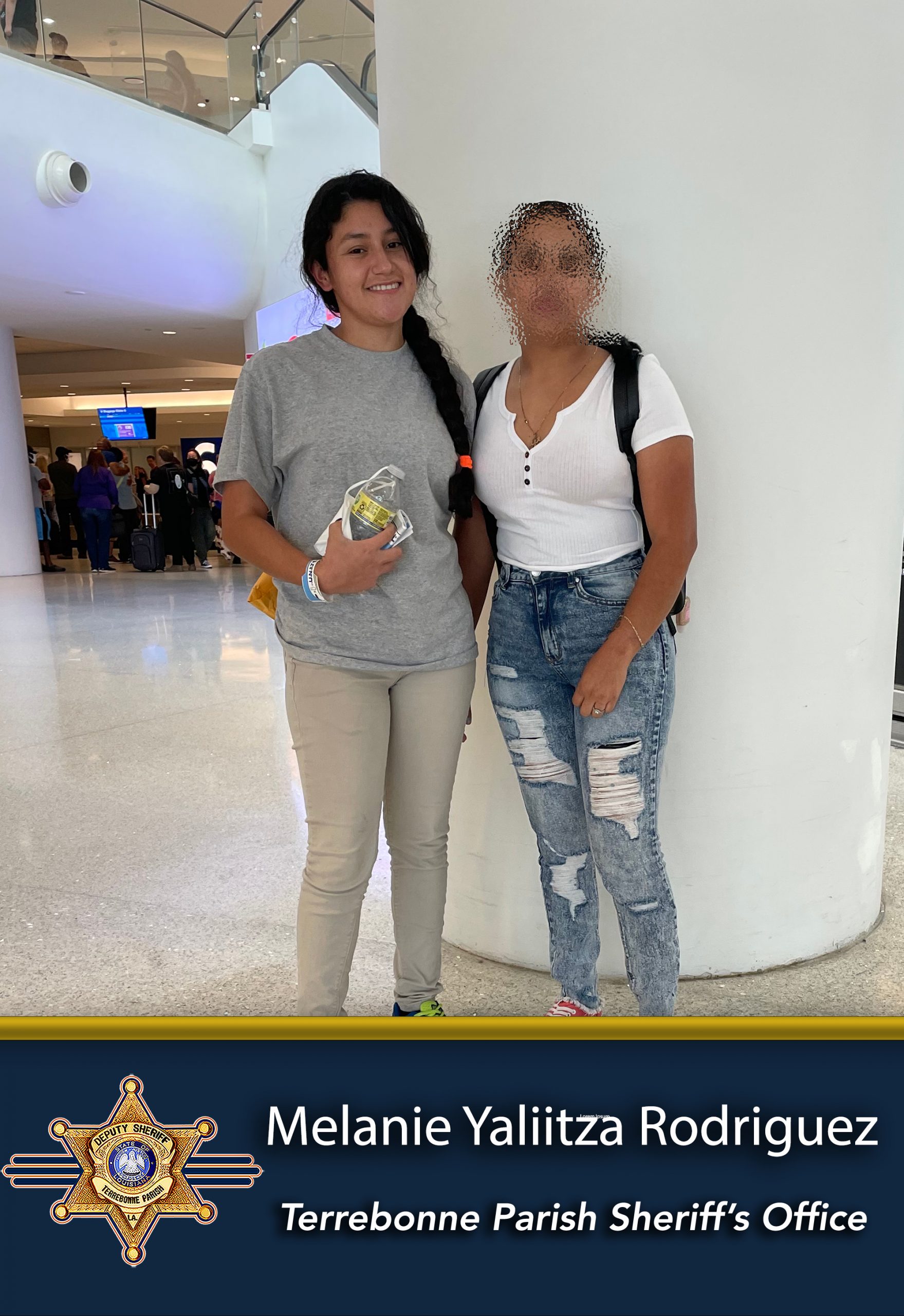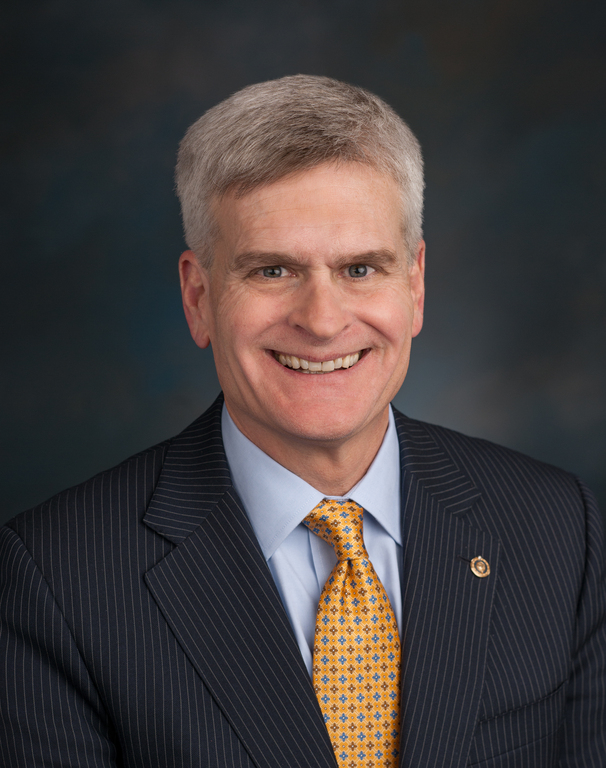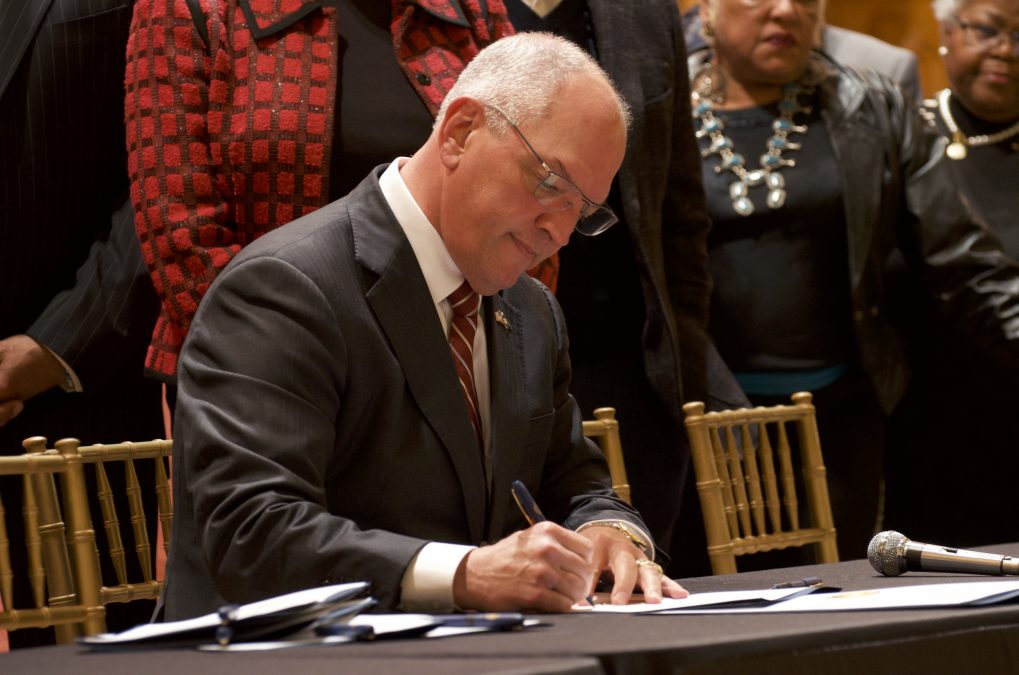
Missing Honduran teen last seen in Houma
November 17, 2022
Cassidy Introduces Religious Protection Amendment to Proposed Marriage Bill
November 17, 2022By Drew Hawkins and Claire Sullivan, LSU Manship School News Service
BATON ROUGE—Gov. John Bel Edwards apologized Wednesday on behalf of the state to former Southern University protest leaders and the families of two Southern students who were killed by an unidentified sheriff’s deputy 50 years ago.
“To the extent that the state of Louisiana can try to make this right, that’s what we’re gonna try to do,” Edwards said at an event at the Old State Capitol building to commemorate the 50th anniversary of the shooting.
Edwards said that on the morning of the shooting, students “bravely and peacefully to protest the disparities of educational opportunities in Louisiana.
He said the nine protest leaders who were banned from Southern’s campus following the protests were “unjustly punished.” He said he wanted “to make amends to those who were victims to injustices perpetrated by the state,” including the families of Leonard Brown and Denver Smith, the two 20-year-old students who were shot and killed.
He said wished to “recognize the lost potential of the lives” of the two young men.
The governor then signed a proclamation formalizing the apology.
Southern President Dennis Shields also spoke at the event. “Today marks a significant and sorrowful day in the history of Southern University and A&M college,” he said.
“We sincerely welcome you back,” Shields said, referencing the recent decision by Southern’s board to lift bans on the protest leaders returning to the campus.
Some of the protest leaders also met with Shields privately right before the commemoration event.
Some of the former protest leaders echoed concerns they demonstrated for 50 years ago, including current funding disparities between Southern and other public universities, like LSU and Louisiana Tech, and called for the formation of a board of representatives at Southern that included student members to hear and address student concerns.
They also called for the Smith and Brown families to be compensated for the loss of their loved ones.
Some of them said Shields listened to their concerns and seemed sincere in his commitment to work with them to help find a resolution.
“It’s not the end of the conversation,” Shields said. “It’s the beginning of the conversation that will continue past today.”
Denver Smith was a junior from New Roads who was studying computer science, and Leonard Douglas Brown was an agricultural education major from Gilbert, Louisiana.
The commemoration was organized by Southern Law Center professor Angela Allen-Bell and the Louisiana State NAACP Conference.
A recent four-part series by the LSU Cold Case Project explored the events that led up to the shooting, the day of the shooting itself and the aftermath.
Referring to the stories, Gov. Edwards said in an interview that much of “what I knew about this came from you all. It wasn’t something that I knew very much about. I knew there had been unrest, and I knew there were some issues at Southern’s campus. I never knew the names. I never knew the specifics.”
“It’s the best we can do,” he said, referring to the apology. “It’s maybe not a whole lot, but it’s the best we can do.”
The shooting occurred after several weeks of protests in 1972 over what student leaders at Southern saw as poor funding, dilapidated buildings and little response to their concerns.
Smith and Brown had not been involved with the protest movement and were In a large gathering outside of the school’s administration office. Protest leaders were demanding that the university’s then-president, George Leon Netterville, assist with the release of four student protest leaders who had been arrested for disrupting classes.
Officers from the Louisiana State Police and the East Baton Rouge Parish Sheriff’s Office responded and ordered students to leave the building, deploying tear gas when the students refused. When the gas clouds cleared, Smith and Brown’s bodies lay on the sidewalk.
A commission appointed by then-Gov. Edwin Edwards found no evidence that any of the students was armed. The report also found that the fatal shot came from an area where sheriff’s deputies were positioned.
A state grand jury spent four months considering the shooting in 1973 but failed to identify the shooter. A federal grand jury also was unable to determine who fired the shot.
Students from LSU’s Manship School of Mass Communication and the Southern Law Center studied nearly 2,700 pages of FBI documents and conducting dozens of interviews.
They found that Southern officials had frantically requested law enforcement assistance and that most of the sheriff’s deputies did not have any crowd control training.
The series also revealed how the FBI quickly narrowed its search for the shooter to a handful of deputies based on the angle from which the fatal shot came,
But given all the tear gas and that most of the deputies were wearing helmets with visors that obscured their faces, there was no eyewitness who could identify the shooter. The investigation also faced serious roadblocks when key deputies refused to take polygraph exams about what they knew.











